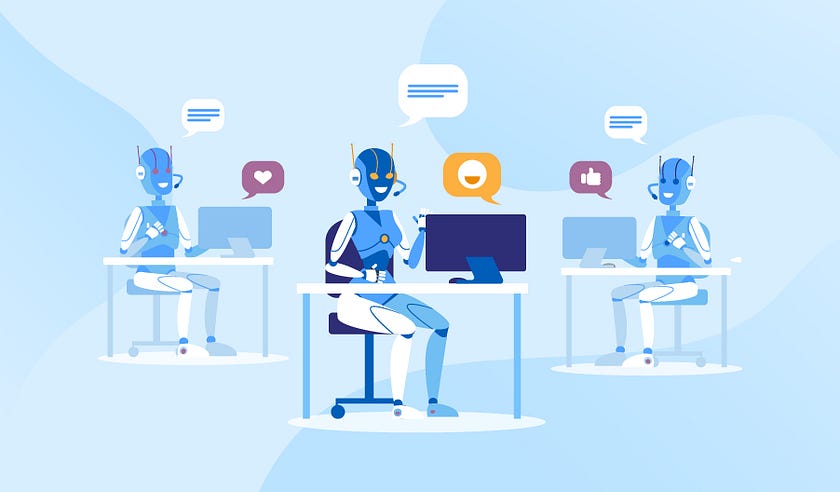AI Customer Care & Service — The Future of Smarter Customer Support

In today’s fast-moving digital world, businesses are focusing more than ever on improving how they connect with their customers. With rising expectations and the need for quick, personalized help, traditional customer service models often fall short. This is where AI-powered customer care and service step in — transforming how brands interact, respond, and deliver support.
What Is AI Customer Care?
AI Customer Care refers to the use of artificial intelligence tools — such as chatbots, voice assistants, and predictive analytics — to manage and enhance customer interactions. Instead of waiting on hold for an agent, customers can now get instant responses, smart suggestions, and 24/7 support through automated systems that learn from every conversation.
AI doesn’t replace human support; it works alongside it. It takes care of repetitive questions, routes complex issues to human agents, and helps teams provide faster, more accurate service.
How AI Is Transforming Customer Service
- 24/7 Availability
AI-powered chatbots and virtual assistants work around the clock, ensuring customers always get help — even outside of business hours. This not only improves convenience but also boosts customer satisfaction. - Faster Response Time
AI tools instantly process data and provide quick replies. Instead of waiting minutes or hours for help, customers receive answers in seconds. - Personalized Experiences
AI can analyze past interactions, purchase history, and behavior patterns to offer personalized support. This makes customers feel valued and understood. - Smart Routing and Escalation
AI systems can identify the nature of a customer’s issue and route it to the right department or human agent. This improves efficiency and reduces frustration. - Data-Driven Insights
AI helps businesses gather and analyze massive amounts of customer data. These insights can be used to predict trends, identify pain points, and improve services.
Benefits for Businesses
- Reduced operational costs: Automating basic inquiries means fewer resources are needed for manual support.
- Higher efficiency: Agents can focus on complex issues while AI handles the rest.
- Better customer retention: Faster and smarter service leads to happier, loyal customers.
- Consistency in service quality: AI ensures that every customer receives accurate and consistent information.
AI + Human Support = The Perfect Balance
While AI brings speed and intelligence, the human touch still matters. Emotional understanding, empathy, and creative problem-solving are areas where humans shine. The best companies combine both — using AI for automation and data handling, and humans for empathy and trust-building.
For example, an AI chatbot can instantly answer FAQs or process refunds, while a human agent can step in for complex concerns or emotional conversations. This partnership ensures that customers get the best of both worlds — speed and care.
The Future of AI in Customer Care
As AI technology continues to evolve, customer service will become more predictive and proactive. Instead of waiting for customers to report problems, AI systems will be able to detect issues early and reach out with solutions before the customer even asks.
Voice assistants, sentiment analysis, and generative AI will make conversations more natural and personalized — creating a service experience that feels truly human, even when powered by machines.
Conclusion
AI Customer Care and Service are not just about automation — they’re about enhancing the human experience. Businesses that embrace AI are building smarter, faster, and more personalized connections with their customers.
In the years ahead, the companies that succeed will be those that blend technology with empathy — using AI not to replace people, but to empower them.


Comments
Post a Comment